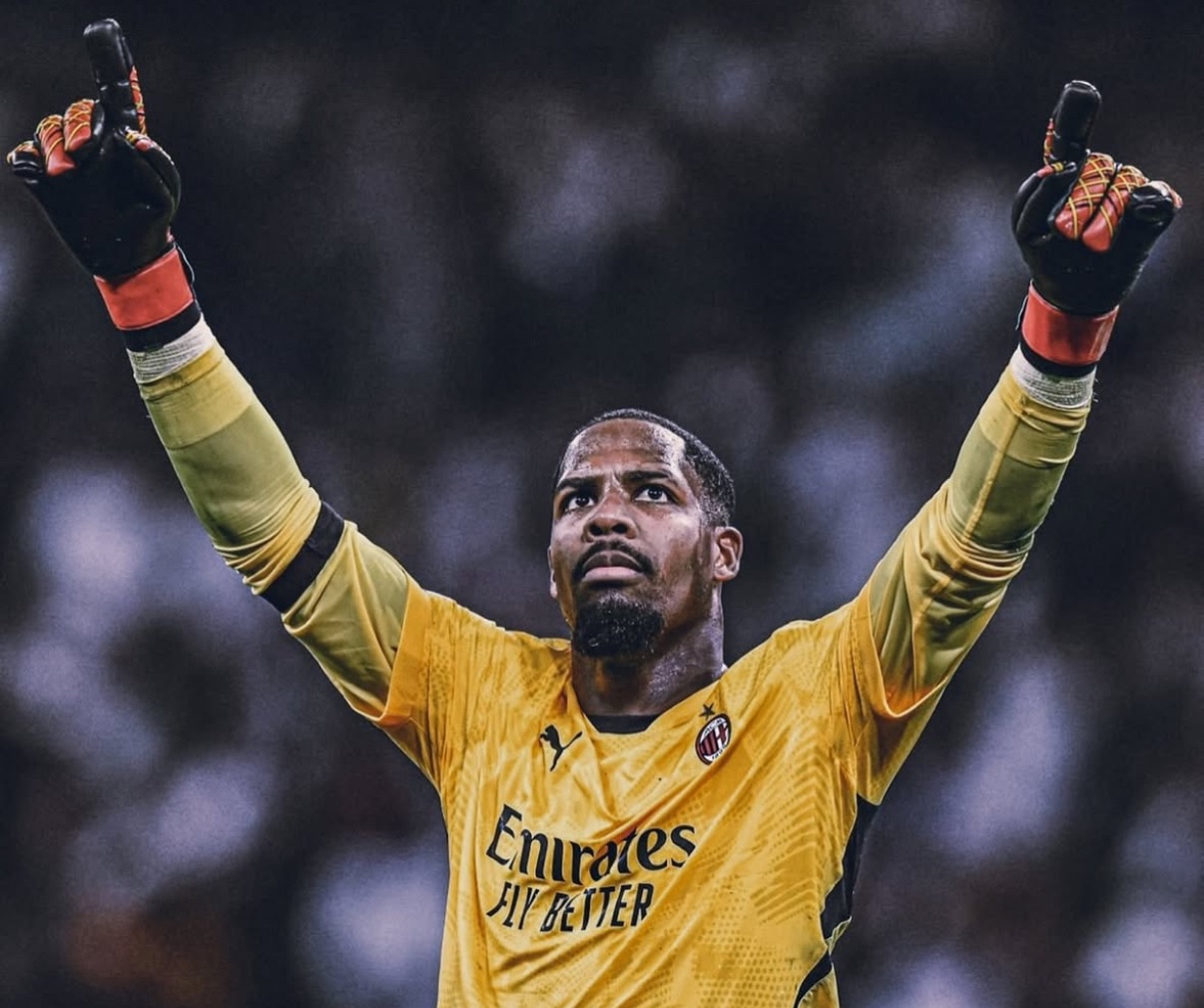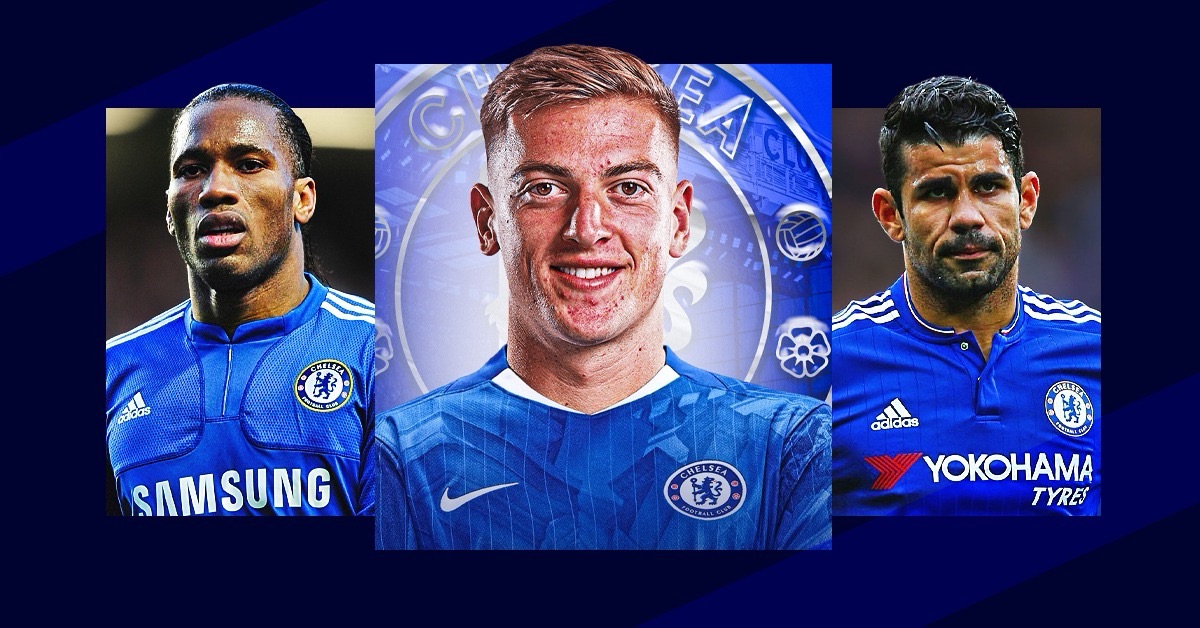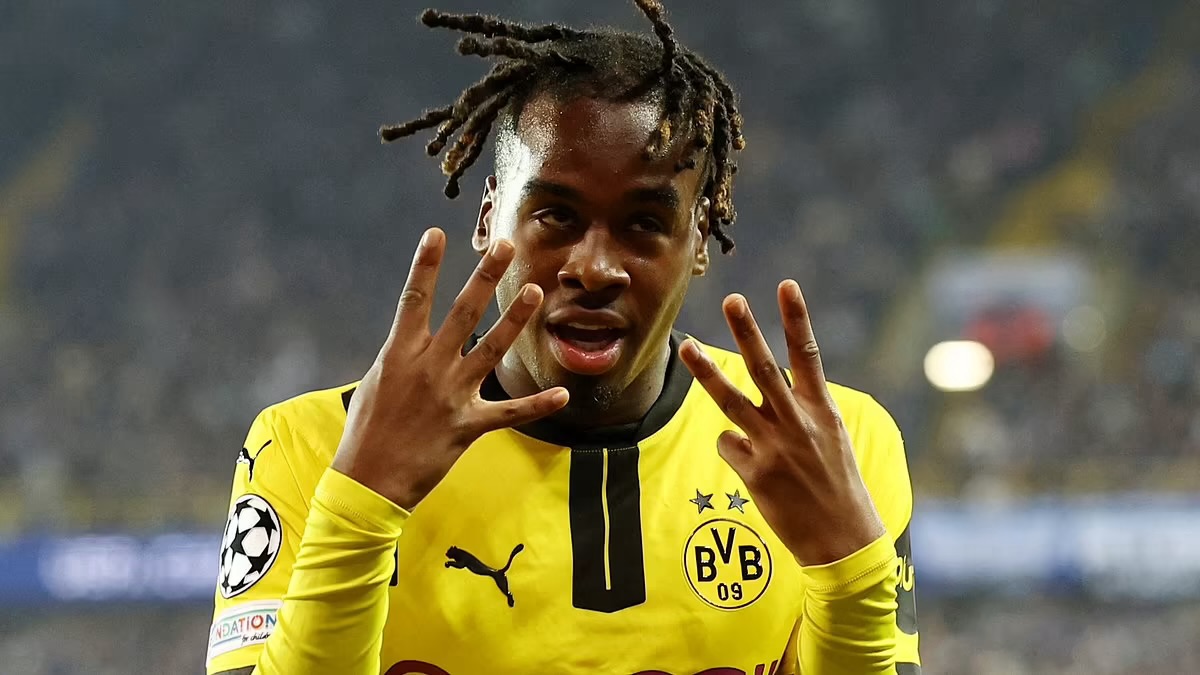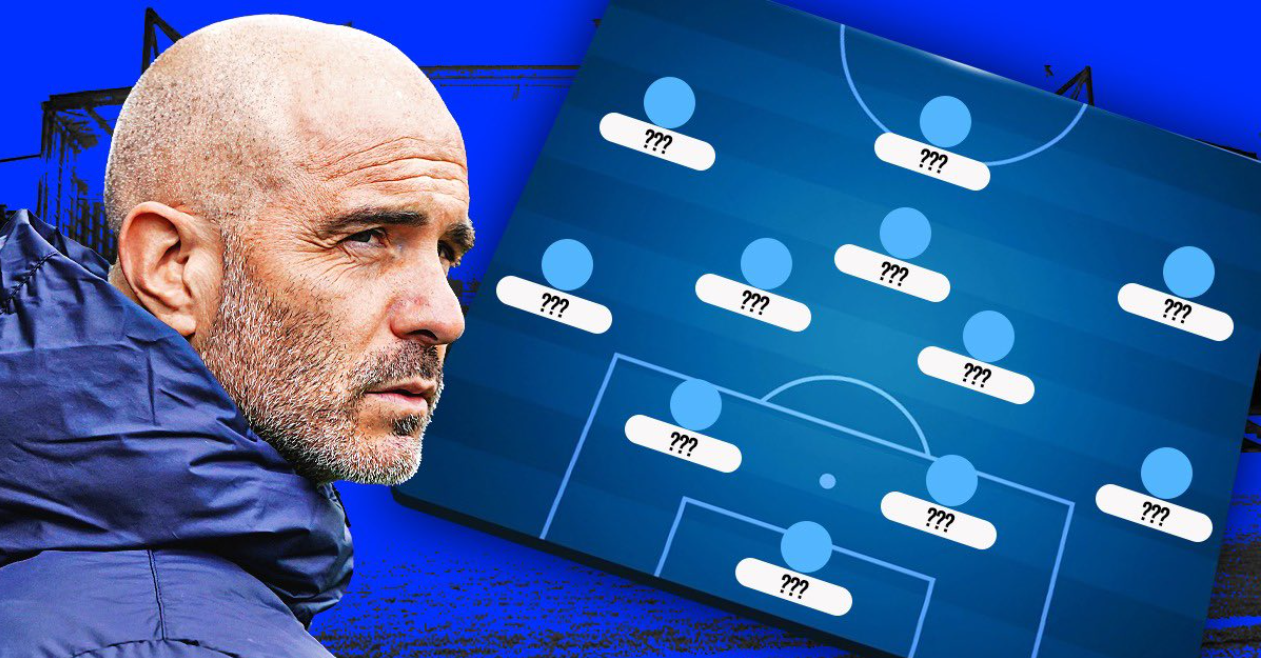First off, sincere apologies for not being able to analyze or scout the past few games. Been overwhelmed by exams, which have thankfully gone quite well.
To get right to the point, Chelsea beat Schalke with a resounding scoreline of 3-0 once again, with Schalke having to go back to Germany full of frustration.
The first question in everyone’s mind was, why were Schalke doing so good in the first 15-20 minutes? Why was Chelsea struggling to keep hold of the ball?

Here we have a look at Schalke pressing with a defensive block of four. The constant complain was Chelsea passing too much at the back. Always going back to the defenders to spread play. This was mostly down to the opponent’s incredible structure. We failed to play a pass through them, a problem Chelsea also had against Newcastle.
By constantly going to the flanks to move the ball forward using the zig-zag theory, the central congestion for Schalke was high. Once the ball was recovered , they threw men forward in numbers.

Another aspect to be talked about Schalke’s play was high pressing. A classic situation is the above frame. The ball is stolen off from Schurrle by two Schalke players, and another two coming close for backup. Meanwhile Chelsea had Mikel and Eto’o quite a distance apart. Not to point fingers, but either Mikel or Eto’o should have come closer to increase passing options.
For Mikel it’s understandable, his forward movement means the middle third is wide open, asking for exploitation. Eto’o however, could have pressed back and acted as an exit outlet.

To nullify Chelsea’s agenda of progressing the ball forward from the flanks, Schalke’s wide players alone pressed high whenever the ball was recieved by the Chelsea full-back or winger. To escape , Ivan plays it back to Cahill, who plays it to Terry, and the ball reaches the opposite flank.

Here we see the same problem . Schurrle has pulled himself into a tight vacuum with very little options of getting out.

To finish off on Schalke, they were highly efficient in their attacking transition. However it was most definitely helped on by Chelsea’s lazy tracking back and poor organization on the flanks.

Schalke’s attacking transition can be seen here. The defensive midfielder sweeps the pitch in case of a quick counter-attack. The other pivot member takes part in distributing play. The wing-backs push forward and the striker combines well with the attacking midfielders.

The question is, how exactly were Schalke given so much space? Defensive transitions were first off, quite slow. Wingers failed to come back in time and help out the full-backs. Moreover the full-backs had to squeeze up with the center-backs, and couldn’t in time as it would create a 2v1 situation against the wingers. This let the other opposition midfielders exploit the space.
Moreover Schalke attack in numbers. Confusing movement which involves diagonal and vertical makes it harder for a defense to organize itself and withhold the barrage it was about to suffer.
Credit where its due though, Chelsea did well even while being poor to restrict the amount of chances created.
Moving on to Chelsea’s side of the game. First off a look at their defensive transition.

The same old 4-4-1-1 deep defensive structure using a mixture of zonal and man marking. The frame in itself is quite self explanatory, with the orange arrows showing direction of pressing, and dotted circles , color coordinating the player to their area of the pitch
But how deep can we explore into Chelsea’s zonal marking system? This is a pattern I have noticed from a lot of games, but I couldn’t stage it up without proper proof. From the Schalke game though, it was quite relatively clear, using the exact same frame we used to explain the defensive transition.

Zonal marking using John Venn’s Venn diagrams. The numbers 1,2 ,3,4,5 and 6 show zones that are being overlapped. Here two players can press in what can be conceived as one zone, opposite to what can be understood as the basic principle of zonal marking.
1! and 2! represent area’s that are being triple overlapped. Notice how these two areas nicely fall in the part of the pitch where Chelsea had the most recoveries ( to be talked about later) , in other words, the center of the pitch.

By using Venn diagram’s in zonal marking, not only do you increase your chances of recovering the ball quickly, but you also improve defensive stability. 2 men in 1 zone is always better than 1 man in 1 zone. Against a side like Schalke that throw a lot of bodies forward, there is no more of 2v1 situations.
Let’s now shift our focus to attack.

This is an overview on Chelsea’s movement forward and backward. Self explanatory.

One of the key things to note in Chelsea’s offensive play is Oscar acting as the head of the attack with Eto’o drifting sideways and dragging defenders with him. Lets go directly into frames.

Here we see Schurrle with the ball. Eto’o , the perceived striker, moves towards the flanks, making the center-back think that the he is moving towards the ball. The Schalke wing-back meanwhile, tries to cover both Eto’o and Schurrle. With Eto’os movement, we can see how space has opened up for Oscar to exploit, who intelligently begins moving towards it. By doing so, he furthermore opens even more space for Willian to jump into it.
An inch-perfect through ball would have been brilliant.

Here is another example, this time it is Willian. One draw-back of this strategy is the empty space in the #10 area.

Another example. Once again notice the empty space in the #10 area. Ramires and Mikel move towards Ivanovic to create passing triangles, this leaves a huge space to be exploited in the middle.

Another prime example. Eto’o bring defender’s with him, and Oscar having a pop at goal. The pivot keep themselves well positioned to cover up the #10 area in case of a Schalke recovery.

Another interesting strategy that Chelsea used was slotting players in the midfield, with Mikel stepping back. Let’s call it accommodation for now.
Oscar and Willian slotted themselves in between Ramires and Schurrle on the flanks. Mikel pushed deep and held the structure. What this did was it helped Chelsea be quick on counter-attacks.
Now to touch on what can be termed as a sensitive subject. For me Lampard won’t fit into this particular strategy which we used against Schalke ( which might not be used ever again in England, but maybe Europe) . Lampard will have to play the Mikel role. Recycyle possession, quick passes out of the defensive third, and provide defensive stability while counter-attack. Lampard would prefer playing the Ramires role. More attack minded, pivotal role in a counter-attack and always in a goal-scoring position.
If Lampard was to be played, then Ramires would have to play the Mikel role and that is taking away the vast potential the Brazilian holds, not to mention Frank’s stamina is nowhere near to the one he had during Jose’s first stint.
To play it the safe and more effective way, play a proper and not half converted holding midfielder. This in no way is favouritism to any one player , but is merely going deep into their tactical responsibilities on the pitch during this particular philosophy.

To show you the most effective example possible, we have the second goal. Here we see Ramires, Oscar and Willian in the middle. Mikel holding the structure at the back. Eto’o is upfront.

Oscar recovers the ball and gives it to Ramires. Willian begins to make his run . Keep a close eye on Ramires, Willian and Eto’o as we move on to the next frame.

Here we can see how Eto’o moves diagonally, once again employing the strategy where a attacking midfielder becomes the head of the attack. Eto’o’s movement leaves the center-back in a dilemma. He is rooted to the spot as he now has to individually mark 3 players. Ramires position , Oscar’s position and Mikel’s position once again supports the fact that they are suited to this strategy. Accomodation‘s benefits were reaped well by Chelsea.





